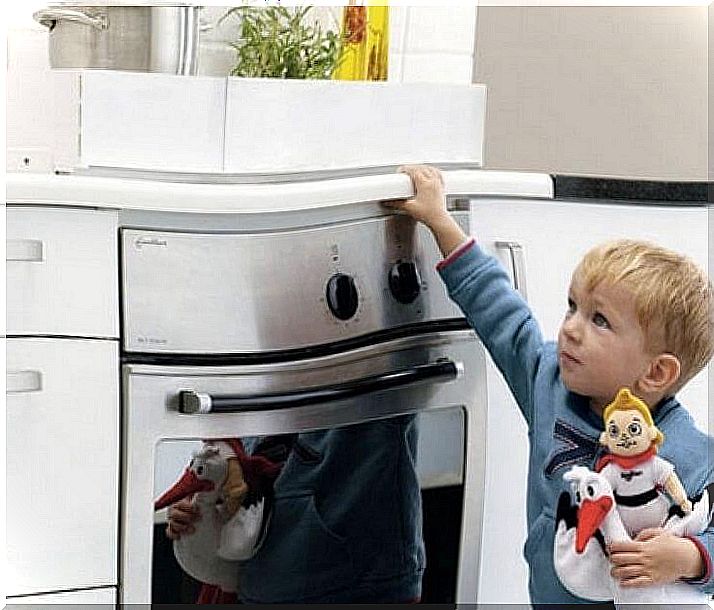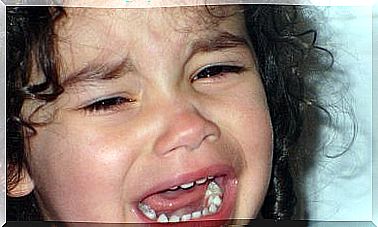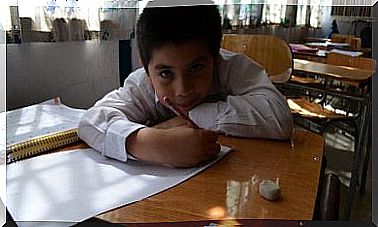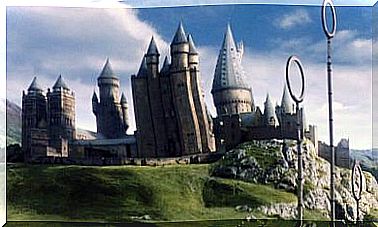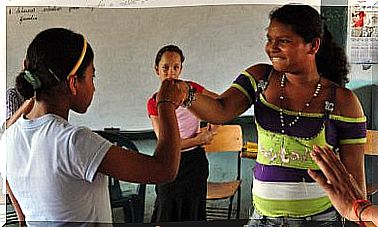What To Do If My Child Breaks A Bone?
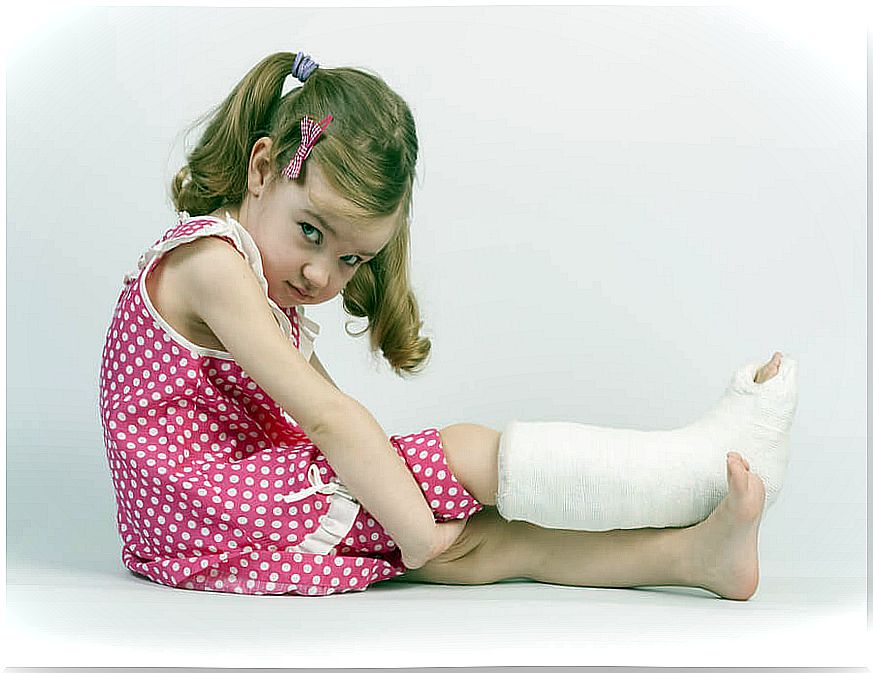
Children have a lot of energy and stand out, among other things, for their vitality. Their eagerness to discover and constant racing means they have a high chance of getting hurt. For this reason, it is possible that if you are a mother you have ever asked yourself the following: ‘What to do if my son breaks a bone?’
This article tries to answer this question, in addition to putting at your disposal the advice to act correctly in the event that the child breaks a bone. You should bear in mind that these accidents are the ones that most cause moms to visit the emergency room regularly.
In fact, to distinguish a bruise from a fracture, even a medical degree is not enough; only the x-ray can evacuate the doubt. In spite of everything, you should not worry excessively about your little one, since recovery in children is usually very fast.
What to do if my child breaks a bone?
Fractures are very common in children and often occur due to their hyperactivity and willingness to discover the world around them.
In children, the most common fractures usually occur due to falls and typically affect the clavicle, femur, tibia, wrist, and areas near the elbow. At their age, however, bones have special mechanical characteristics; for example, they are more hydrated and elastic. These particularities influence his speedy recovery.
To define the steps to be followed in the event that the child suffers a fracture, it is necessary to explain what these injuries consist of, how to recognize them, how to transfer to the hospital and the consequent recovery time.
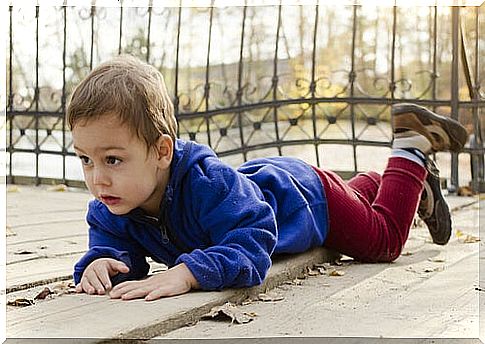
What are fractures?
Fracture is a disruption of the structural integrity of the bone that can be traumatic or spontaneous (pathological) in origin. In the case of trauma, the bone breaks when the blow is large enough to exceed the limits of resistance of the bone.
Trauma can affect the bone directly and indirectly. In the first case, the bone breaks at the point where the force is applied.
On the other hand, if the trauma is indirect, the fracture occurs at a certain distance from the point of application of the force, which propagates along the kinetic chain of a limb or spine until it reaches the exact point of the fracture.
You must bear in mind that, in both cases, the applied forces can be torsion, bending, compression or tearing.
How to recognize that my child breaks a bone?
To determine if the child has fractured a bone, it is necessary to identify some symptoms that may manifest in the affected area. The following signs are likely to indicate a fracture:
- Swelling of the affected area
- Sharp and constant pain.
- The child protects the painful area and does not allow himself to be touched.
- Immobility of the injured party.
- Dizziness and nausea.
- Discoloration of the affected area.
- The child cannot put weight on the affected area.
- The bone is positioned in an unnatural way.
How to transfer him to the hospital?
In the event that you consider that there may be a fracture, it is advisable to transfer to the hospital to carry out an X-ray to determine the extent of the injury.
We recommend that, during the transfer, you mobilize the affected area with a soft gauze and that you avoid too tight bandages that can block its circulation. Finally, it is good that you move the little one in a comfortable position.
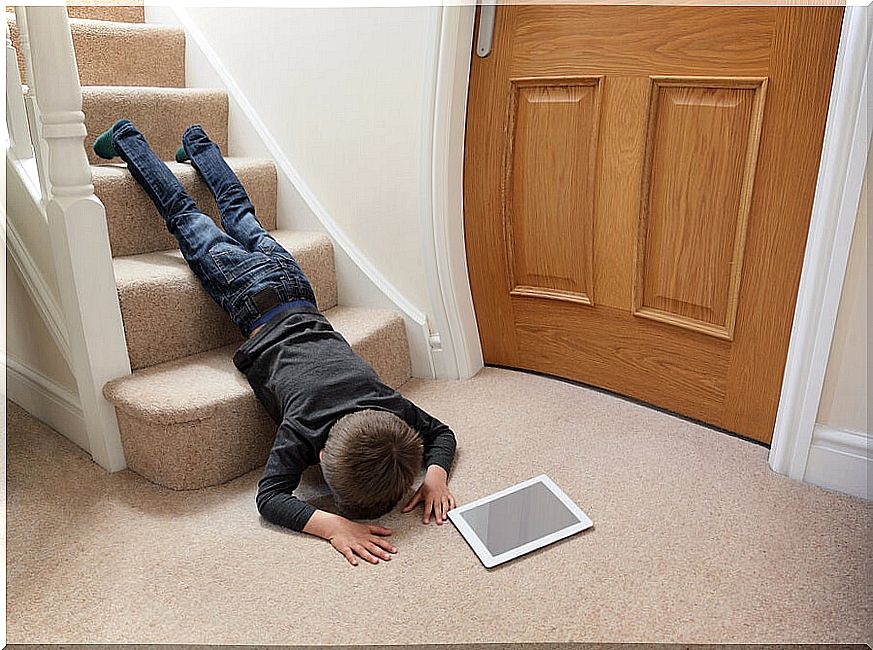
What is the recovery time if my child breaks a bone?
Certainly, one of the positive aspects in the recovery of the child is that, due to its young age, it occurs much faster than that of an adult.
On the other hand, you should bear in mind that the casting times are extremely variable depending on the patient and the type of fracture. In most cases, recovery takes a minimum of 18-20 days, up to a maximum of 2-3 months.
During this recovery time , the child will need to change habits and stay at rest. We recommend that you be patient, since during this season your child will need your collaboration and assistance more than ever.
This insurance article will have helped you know the modus operandi in the event that your child has suffered a fracture. If it ever happens to you, remember not to worry excessively, stay calm and detect the symptoms before carrying out the transfer to the hospital.
